

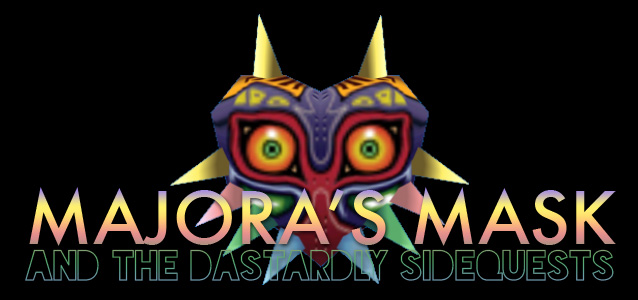
The Legend of Zelda: Majora’s Mask has the most unique set of sidequests that I’ve ever seen in a game. Out of all the games in the series, even fans admit that Majora’s Mask had some excellent things to do on the side. What makes it so great though? Why should you care?
Games nowadays have sidequests that tend to be boring, monotonous fetch quests with a little bit of action here and there. The challenge is also nonexistent.Games nowadays have sidequests that tend to be boring, monotonous fetch quests with a little bit of action here and there. The challenge is also nonexistent. Mass Effect 3 is a great example of this. You look on the map, click the destination, see some cutscenes, kill some dudes, and that’s it. How boring is that? In fact, there’s no real way to mess up and fail the sidequest other than to just die in combat.
Majora’s Mask works like any other Zelda game except with a major twist. You have three days to do anything you want but you must reset the world back to the first day meaning any impact that you’ve had on the world will be undone. Because time is such an essential element, the sidequests become that much more complex. For example, Kafei’s quest requires that you start on the first day. If you start any later then you cannot undertake it or even complete it.
The most notable thing about how sidequests work in Majora’s Mask is through the idea of discovery. You don’t simply look at a map to start the quest. You don’t have a person mark on your notebook where to go next or how to go about completing it. It’s all detective work. Link explores the world of Termina and converses with its citizens. As you come across certain characters you realize that they’re troubled with a problem. They may give you key items and a vague objective on what to do but that’s it.
I mentioned Kafei’s quest earlier and it’s arguably the best sidequest in the Zelda series or any video game for that matter. Why is it good? It doesn’t hold your hand, it requires effort, there is potential for failure, and most of all it’s immersive.
You will find yourself exploring around Clock Town in Termina. People have a set of behaviors that make no sense and there are certain areas blocked off for whatever reason. If you go to an alleyway and ring a bell a boy with a fox mask will come out of a door. As you try to talk to him he will quickly run away from you. Alright, so talking to him doesn’t work. How about getting to the other side of that door? Well, he still outruns you and you can’t make it. Well, I’m just stuck. This is how you initiate sidequests in Majora’s Mask. You discover the oddities of the world and try to figure out how to get rid of it. In this case, you want to talk to the boy with the fox mask and get behind the locked door in the alley. You must uncover the sidequests through your own will rather than being handed to you.
One day you just happen stumble into the Mayor’s Residence. Inside you find a lady and she requests that you find her missing son and gives you Kafei’s Mask. You don’t understand what’s going on but you abide by her wishes. You explore all around town with the mask on hoping to find any information. Oddly enough, Anju, an innkeeper in Clock Town, is looking for Kafei as well. And so that sidequests starts. There is no arrow on the map pointing to where you to go. You have to use the resources available to you and actually look around town to help people.
It goes without saying that games tend to treat players like idiots nowadays, with quest logs that tell you where to go and how to approach certain tasks. Majora’s Mask obviously throws that out the window and forces the player to pay attention and be immersed in the world.Now, when I first played Majora’s Mask I did not know what a sidequest was. In fact, it was so engaging and the way they introduced it was so different from any other games I had played at the time, I didn’t know it was a sidequest. The way it was designed at a fundamental level works differently. After you speak with Anju about Kafei she asks you to mail something. So you send the postman but what’re you supposed to do afterwards. Is that it? I guess so.
Actually, it’s not over. If you follow the postman, you will find out where he takes it to. Surprisingly enough, it’s to that boy with the fox mask. Since he’s oh so distracted by the postman you hurry to that door you couldn’t get past. Inside is a storage room. As you make your way outside, the boy comes in and introduces himself as Kafei. He explains that he was cursed and transformed into a boy which was the reason why he went missing. Suddenly it all makes sense.
There is no explanation in a log needed to keep players engaged—there doesn’t need to be a quest log so you know what to do next. Sidequests should be discovered through the exploration of the world, and they should keep players engaged so they want to know what happens next. Lastly, sidequests should have the potential of failure just like main quests. In this case, had you missed the opportunity to sneak into the alleyway door, the quest would’ve been over.
The depth that goes into searching for Kafei is truly profound because of how unconventional it is. Much like how Dark Souls works, the game just throws the players in and allows them to explore the world. It goes without saying that games tend to treat players like idiots nowadays, with quest logs that tell you where to go and how to approach certain tasks. Majora’s Mask obviously throws that out the window and forces the player to pay attention and be immersed in the world. Sidequests should reinforce the narrative of the world rather than seem like some watered down fetch quests. Kafei’s quest is an excellent example and one of many in Majora’s Mask that deserved to be mentioned.
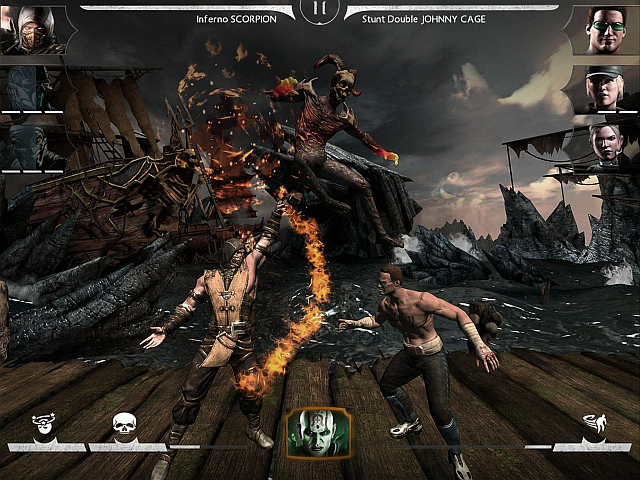

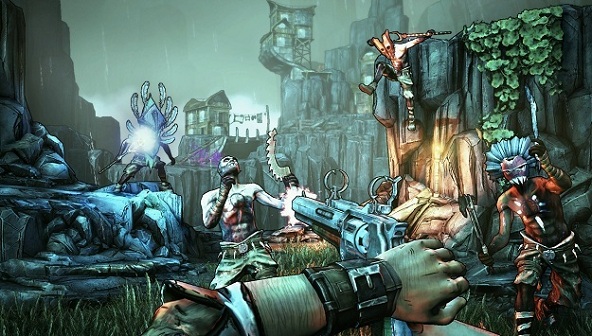
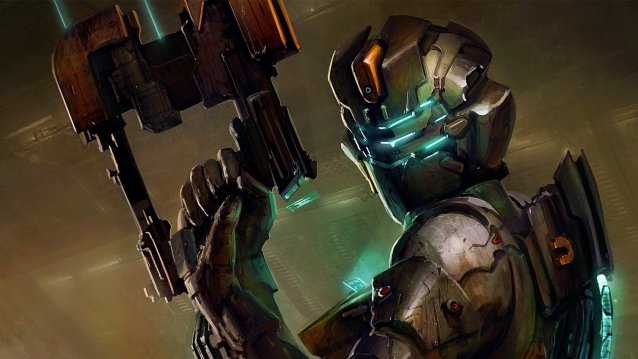
 Galak-Z Guide: How to Survive Space as a Beginner
Galak-Z Guide: How to Survive Space as a Beginner Dead Space 3 Cheats
Dead Space 3 Cheats What Was the Biggest Tech News Story of 2015? [MakeUseOf Poll]
What Was the Biggest Tech News Story of 2015? [MakeUseOf Poll] Borderlands The Pre-Sequel Review - Is it The Game For You?
Borderlands The Pre-Sequel Review - Is it The Game For You?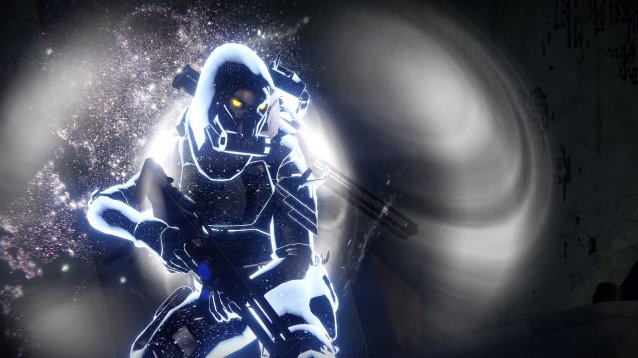 Destiny: The Taken King Guide - Upgrading Year One Exotics to Year Two
Destiny: The Taken King Guide - Upgrading Year One Exotics to Year Two